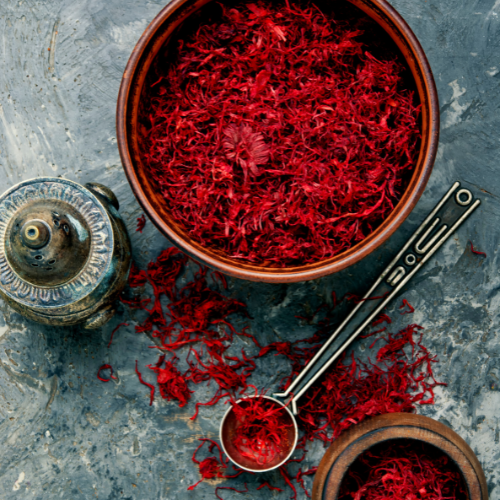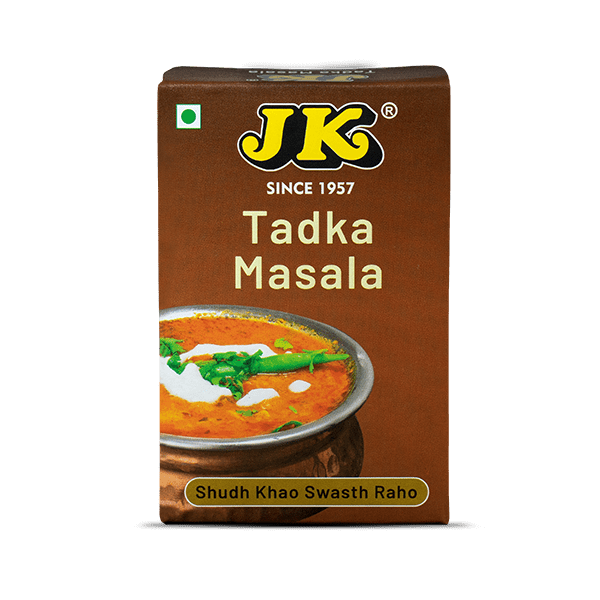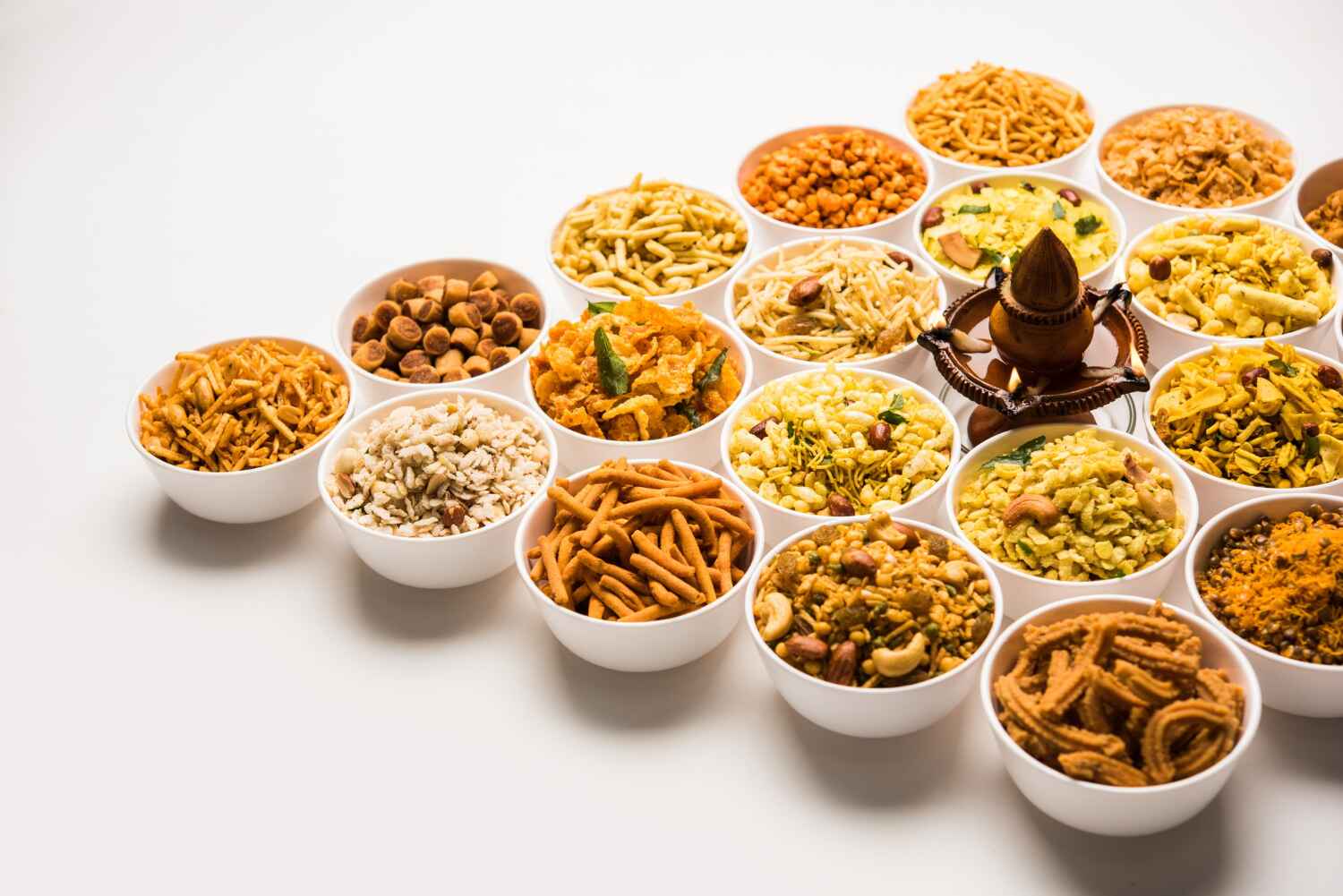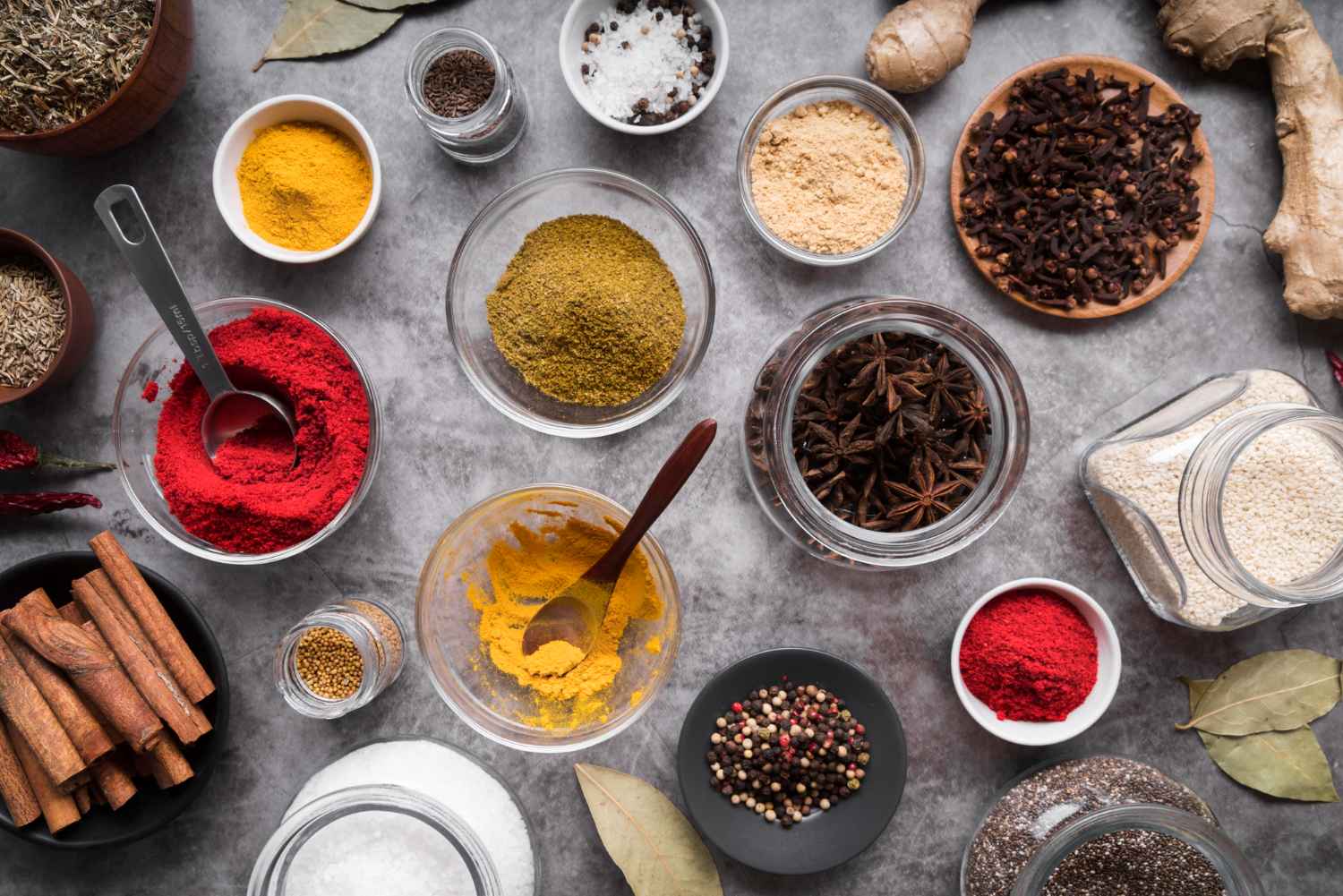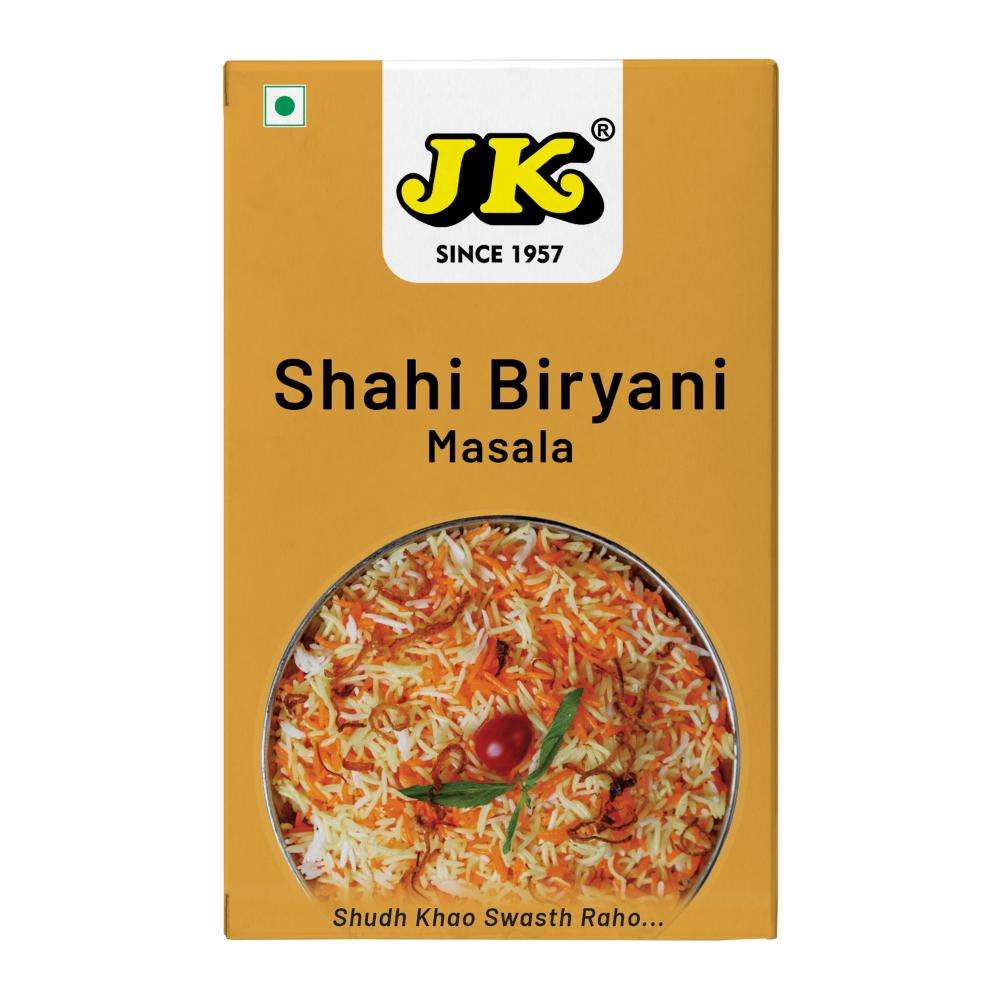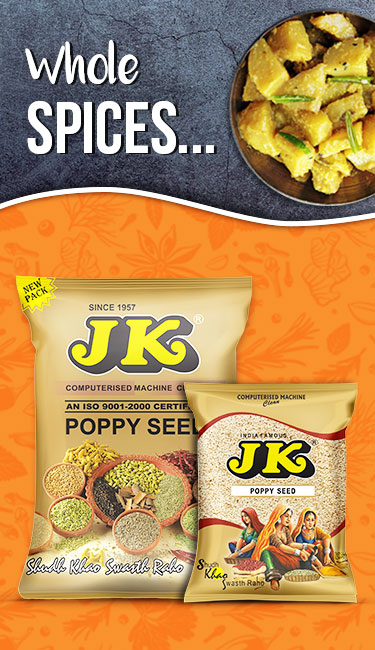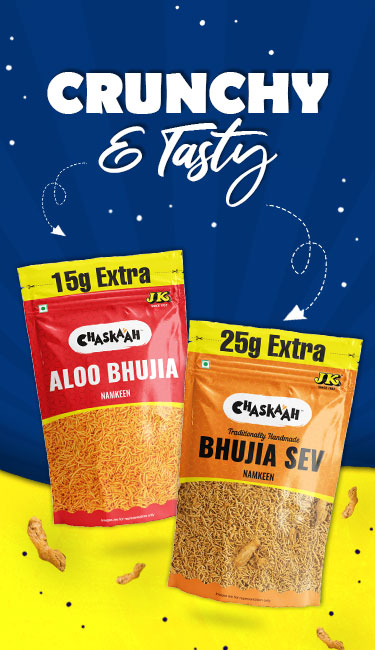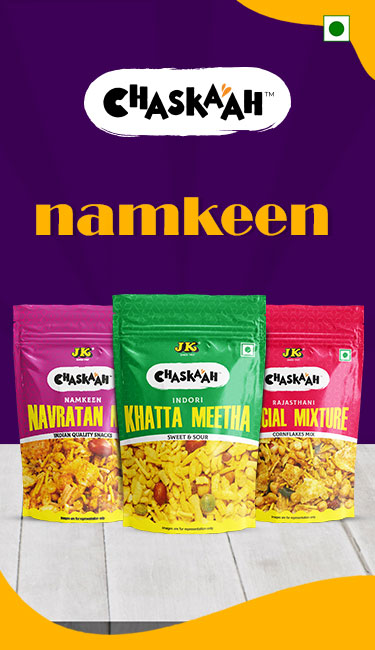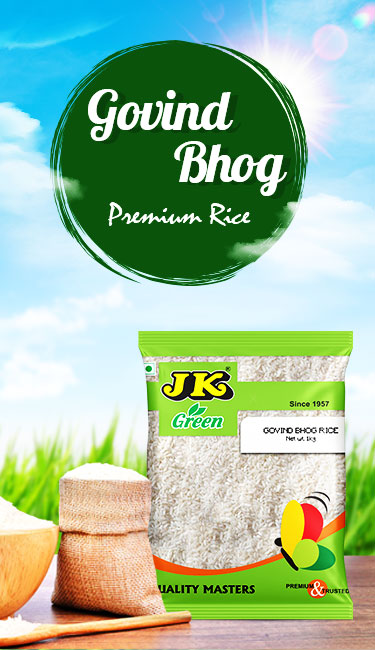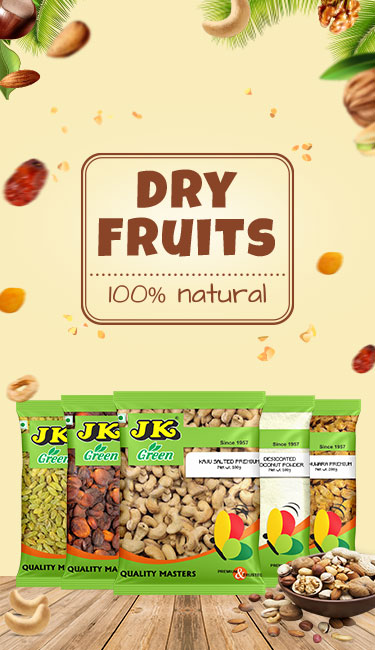Harvested during the autumn, Saffron originates from the stigma of the autumn crocus flower. It is also known as saffron crocus, and each flower produces only three stigmas. So, if you buy 1 pound of Saffron, it has been made from 50000 to 75000 flowers, which makes Saffron, locally known as “Kesar”, quite expensive.
According to Ayurveda, Saffron has many health advantages, particularly during winter. Kesar powder benefits include keeping you warm and even preventing bacteria-borne illness. Saffron has been used to treat extensive ailments such as cough, heartburn, insomnia, depression, dry skin, cardiovascular disease, and Alzheimer's.
However, other than pure Saffron, their adulterated version is also available in the market, and the cheaters are playing it safe to keep the demand and supply chain in accord. Thus, it is your priority to understand whether the food that you are going to consume is adulterated or not.
What is Adulterated Saffron?
Saffron is an exotic Indian spice, and just a pinch is enough to prepare an aromatic dish. Other than being used as a flavoring agent, it is also used as a coloring agent for food. However, the saffron market is degrading due to dishonest sellers who provide low-quality saffron or completely artificial or fake threads of
Saffron.
This Indian spice is sold based on its weight, and the cheaters try to add moisture through mist spray so that the Saffron strands gain weight. Now, owing to this extra weight, the product gains at least 15% more weight when compared to real Saffron.
So, if you cannot go through the test to check for adulteration at the moment, then make sure that the Saffron is not wet or moist while you are buying. It should be dry, having a fresh aroma and quite a delicate touch during the purchase.
Most of the adulterated Saffron contains corn silk. The dishonest sellers spray the corn silk with strong color and chemicals to make it look pretty much like natural Saffron. Other than this, different fillers are also being used, such as sawdust, starch, rice flour etc., to increase the quantity and price of Saffron.
How can adulterated Saffron deteriorate your health?
Adulterated food can lead to toxicity in the body which subsequently generates liver disorder, kidney problems and even heart failure. So, if your food product is adulterated, you must change the buyer and get it from a genuine and reputed Indian spice dealer. Alongside, you are also missing out on the benefits of Saffron.
How to identify Pure Saffron from Fake Saffron?
The Food Safety and Standards Authority of India (FSSAI) has taken the initiative under the #detectingfoodadulteration on Twitter to increase awareness about adulterated food items among the common man. According to this initiative, there are specific quick tests that you can perform at home to identify whether the food is adulterated or not.
Hot Water Test
To conduct a hot water test, take a few threads of Saffron and soak them in hot water. Remember, it should not be boiling water. Keep it standing for 5 to 20 minutes, and you will notice that the color will remain intact for real Saffron even in warm water. Further, the water might turn uniformly yellowish.
However, to prepare fake Saffron, an artificial red dye is usually used, and when soaked in hot water, it comes off. You will find the water to be red in color, and the colors might not mix uniformly with the water.
Cold Water Test
Simply take a few strands of Saffron and place them in cold water. You will notice that the color is being released in the water, which will happen for both pure and impure saffron strands. After 15 - 20 minutes, you will find that the entire glass has turned yellowish, maintaining uniformity.
However, if you find a deep red color in the water, then it is a definite sign of adulteration. You might also find that the water is turning bright yellow or prominent red color stains in the water. Moreover, a pure saffron thread will never lose the red color. However, if you keep fake Saffron for an hour in this cold water, it may turn white.
Taste test
The most common hack to identify real and fake Saffron is to understand the taste profile. Fake Saffron is coloured red using foreign substances, and it lacks the true flavor of Saffron which is sweet. You might get a bitter or metallic taste. Thus, you are not only losing the Kesar benefits but also its wonderful taste.
On the other hand, real Saffron has a very strong scent, along with an earthy and floral taste. Even if the water test fails, your taste buds won't make a mistake.
Finger/Palm Rubbing Test
Dip the saffron threads for a few seconds in cold water, and then place them on your finger or palm. Now, rub the threads with two fingers back and forth for a few seconds. If it is a pure saffron thread, then it won't break.
However, if the Saffron threads are adulterated, then upon rubbing, they will turn into dust or might even turn into liquid. Thus, the health benefits imparted by this Indian spice, along with Saffron benefits for skin, are also lost due to fake saffron usage.
Smell Test
The most competent quality of pure Saffron is its taste and smell. Saffron usually has a very sweet and floral smell. If you take the aroma of your Saffron, it will be similar to the honey and hay mixture.
Other than this, if you have bought adulterated Saffron, you will get a pungent smell from the spice. This is due to the high level of chemical usage in the form of Safranal and
Picocrocin.
Baking Soda Test
Take a cup of water and mix at least two tablespoons of baking soda in the water until the mixture looks uniform. Now, add a few saffron threads to it and stir for 2-3 seconds. If the mixture looks yellowish, it denotes that you have bought pure quality saffron.
However, if the mixture turns maroon or reddish, you have fallen prey to cheaters. This also deprives you of the Kesar powder benefits.
